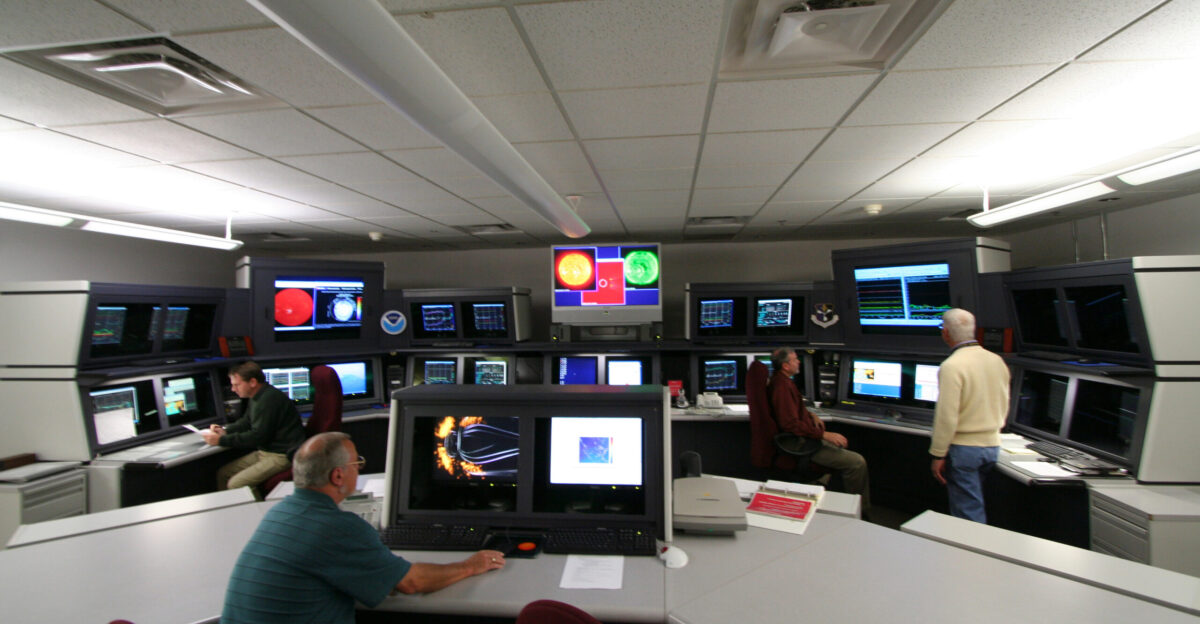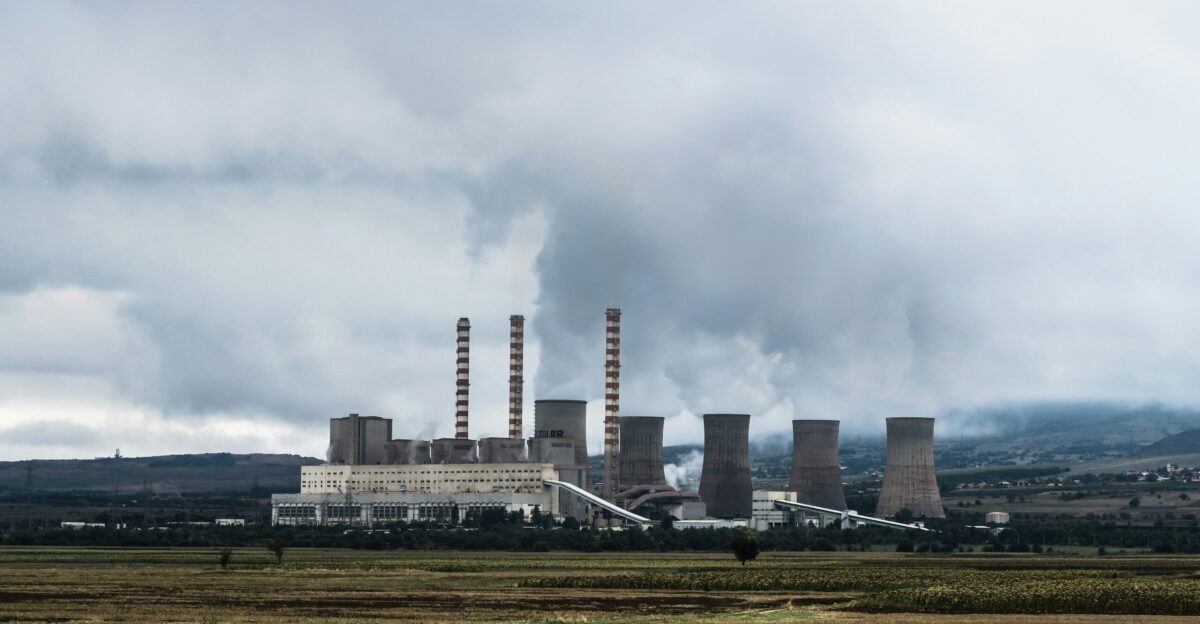
At dawn on November 11, 2025, the Sun erupted with its most powerful flare of the year, sending a surge of energy and plasma directly toward Earth. The X5.1-class solar flare, originating from sunspot cluster Region 4274, triggered immediate radio blackouts across Europe and Africa. The most significant danger came from a massive coronal mass ejection (CME) that followed.
A Solar Storm Unlike Any Other

The event was distinguished by a phenomenon called a “cannibal CME.” Over several days, Region 4274 issued multiple CMEs, with the final, fastest ejection overtaking earlier ones and merging into a single, stronger geomagnetic storm. This intensified wave prompted the NOAA Space Weather Prediction Center to issue a G4 (Severe) alert, indicating a high risk for critical infrastructure. The combined CME had the potential to disrupt communications as well as power systems on a wide scale.
Power Grids and Airlines on High Alert

As the space storm approached, power grid operators in at least 11 U.S. states activated blackout warnings and emergency protocols due to the risk of geomagnetically-induced currents damaging high-voltage transformers—equipment that is costly and difficult to replace. Technicians monitored equipment for overheating and voltage spikes, aware that a single failure could cause widespread blackouts.
The aviation industry also adapted, rerouting multiple transpolar flights to avoid hazardous routes over northern Canada, Alaska, and Greenland, as the geomagnetic storm increased cosmic radiation exposure and disrupted radio communications. These measures led to additional operational costs and delays.
Everyday Technology Faces Unseen Risks

Beyond power and aviation, the storm’s impact on the ionosphere affected GPS signals, resulting in positioning errors of up to around 15 meters in some areas. This impacted precision agriculture, autonomous vehicles, emergency services, and maritime navigation, with disruptions expected to persist for several days.
Satellites in low-Earth and geosynchronous orbits enacted emergency protocols to deal with increased atmospheric drag, raising risks of orbital decay. Communication satellites warned customers of possible service interruptions, and operators of older satellites considered preemptive deorbiting. Insurance experts noted significant financial risks if conditions persisted.
Critical Infrastructure and Emergency Response

Workers at power plants and substations performed frequent transformer inspections and coordinated live data sharing. At the federal level, authorities initiated space weather emergency response protocols, learning from previous events like the 2003 Halloween Storm and May 2024, both of which led to substantial damages.
Wider Economic and Social Ripples
The geomagnetic storm’s effects extended into insurance, retail, hospital, manufacturing, and logistics sectors, with contingency plans for payment system failures and delivery delays. The disruptions affected production schedules and port operations, as container tracking systems slowed and manual solutions were required.
Auroras were observed far south of their usual range, reported in U.S. states such as Alabama, Tennessee, and Florida, inspiring a surge of tourism for sky-watchers.
Looking Ahead: A Test for Modern Civilization
The November 2025 solar storm demonstrated global vulnerabilities due to reliance on interconnected technology. Experts warn that as solar activity increases into 2026, such severe storms may become more frequent, challenging systems worldwide.